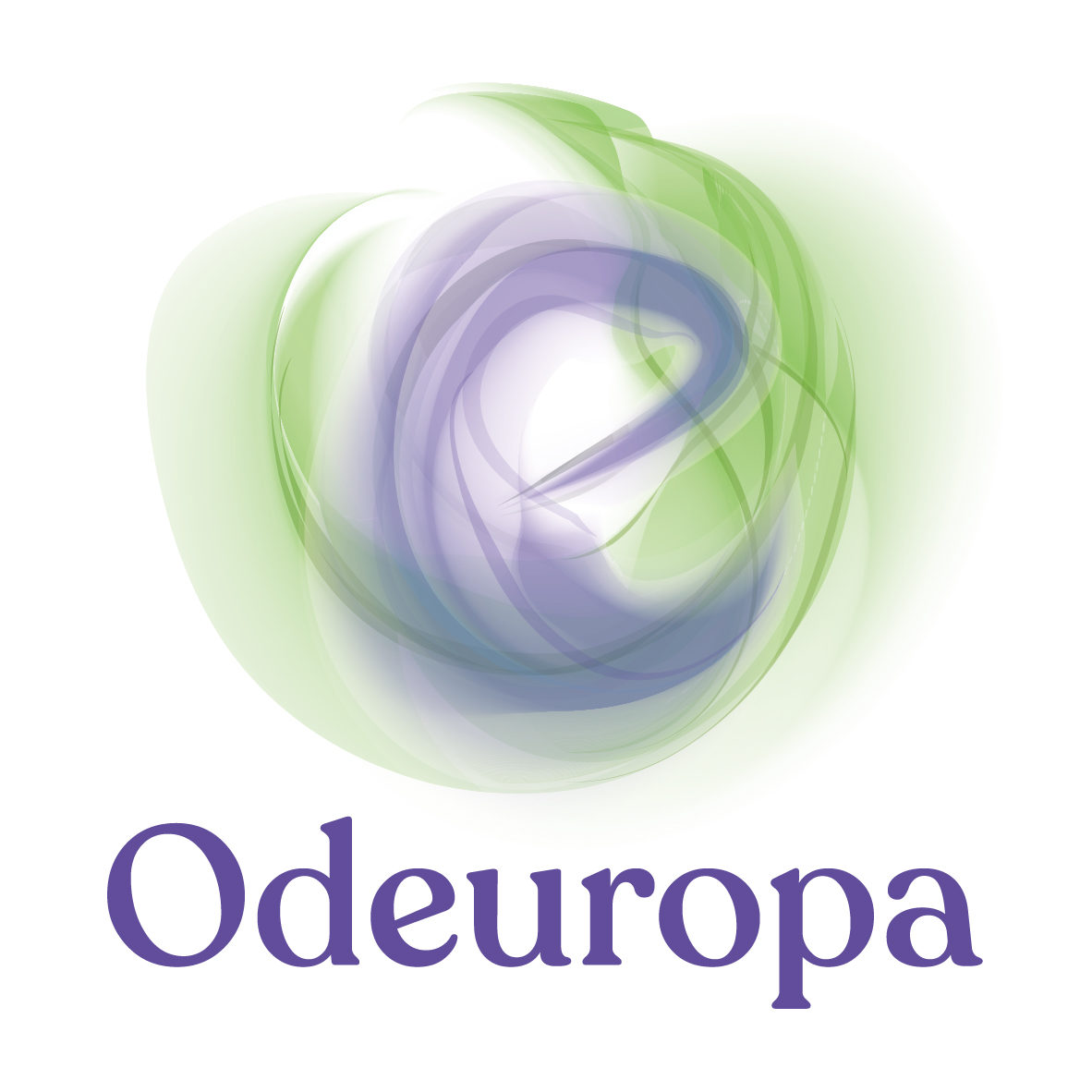The work in the project can be conceptually divided into three parts: The first employs computer vision and natural language processing methods to identify and trace scent and smell references in 16th to early 20th century image and text collections at European libraries, archives, and museums and to develop classification systems to express these in structured form. WP2 Images will draw on a dataset of c. 250-400K paintings and prints to surface references to smell and scent on the basis of specific objects (e.g. odorants), allegorical references, and iconography. One of the secondary goals of this work package will be exploring the feasibility of AI supported visual analysis and the development of bespoke datasets and AI models. WP3 Texts will extract and process scent and smell relevant references and language from historical texts in seven European languages: English, German, French, Latin, Dutch, Slovene, and Italian. A further key goal of this work package is to trace how the cross-lingual dimensions of this sensory language changed over time.
The next set of tasks have to do with integrating and interpreting the results from WP2 and WP3 by developing semantic data structures for sharing olfactory information and providing the historical knowledge necessary to represent and interpret this appropriately for different audiences. WP4 Semantic Web will prepare a semantic model for representing tangible and intangible cultural heritage information in a knowledge graph. A set of vocabularies will support the model and be published as Linked Data, interlinked where possible to related resources on the web. The work package will also prepare interactive demonstrators to allow users to visualise, query, and infer new knowledge from the graph. The main goal of WP5 Storylines will be to establish the key concepts and theories needed to understand how odour and smelling ‘work’ in different cultural heritage contexts. Amongst its tasks will be describing the language of odour, investigating the relationship between scent and identity, and researching how societies coped with challenging or dangerous odours. A key deliverable of this work package will be the publication of an online catalogue of smell heritage.
The final set of tasks (WP6 Olfactory Heritage Science and WP7 Impact) is focused on communicating and disseminating the project’s outputs and methods in a way that allows us to measure their impact and promote their reuse. Amongst its key goals will be closely engaging with data heritage professionals in the GLAM sector, scholars, digital humanities specialists and other targeted groups to explain the relevance of scents and sensory experiences for data curation, exhibitions, and tours and to provide them with training and best practices, taking away existing concerns and anxieties around sensory storytelling in museums. A further key goal will be preparing a series of recommendations for European cultural heritage policy-makers and brokers on how to safeguard and promote their sensory intangible cultural heritage both at the national level and to the relevant international organizations (e.g. Committee for the Safeguarding of Intangible Cultural Heritage at UNESCO).
The ethics requirements for the project with respect to the use of human voluneers and artificial intelligence analyses are addressed in WP8 Ethics. The overall administration of the project is the responsibility of WP1 Project Management.
